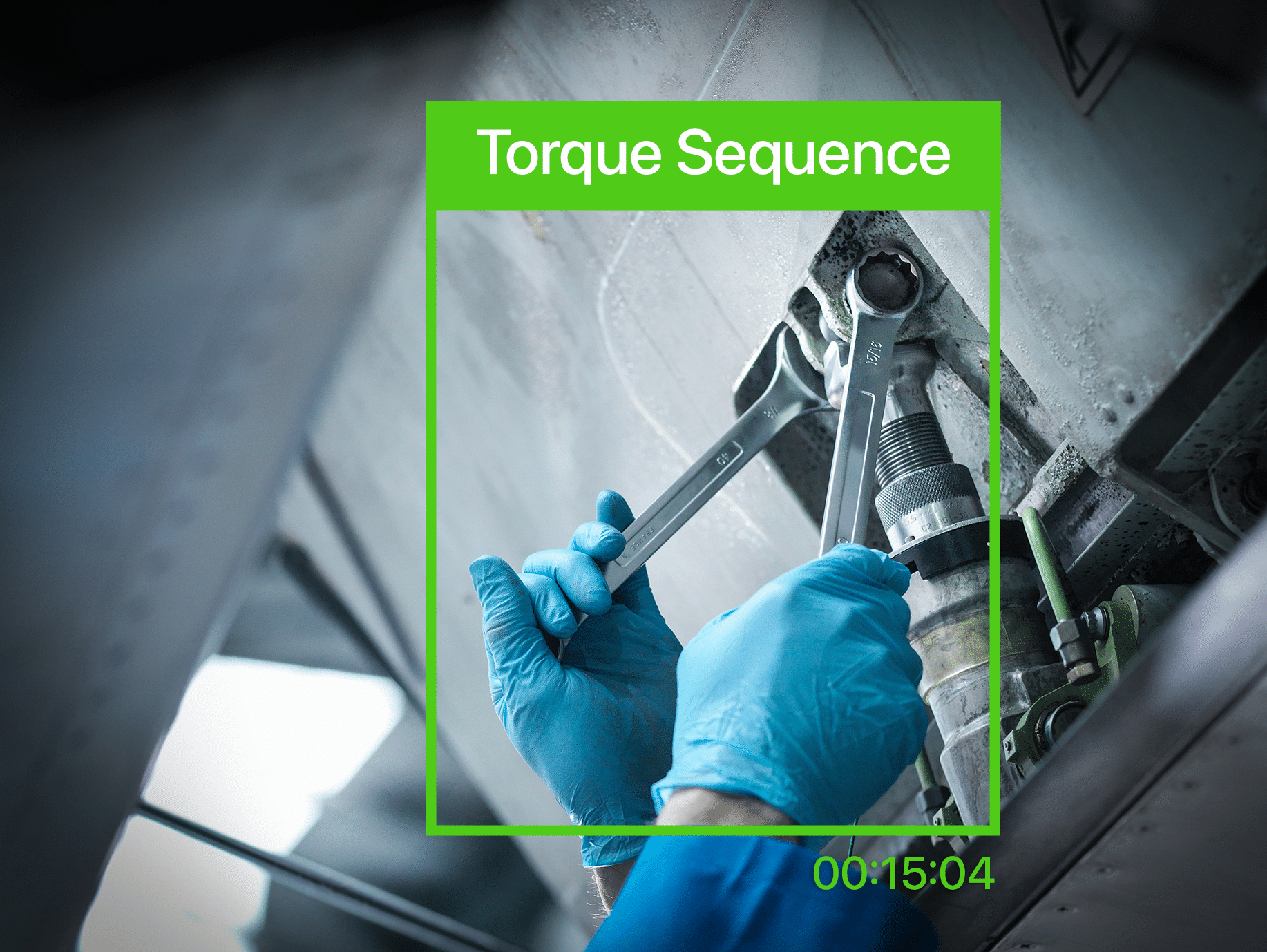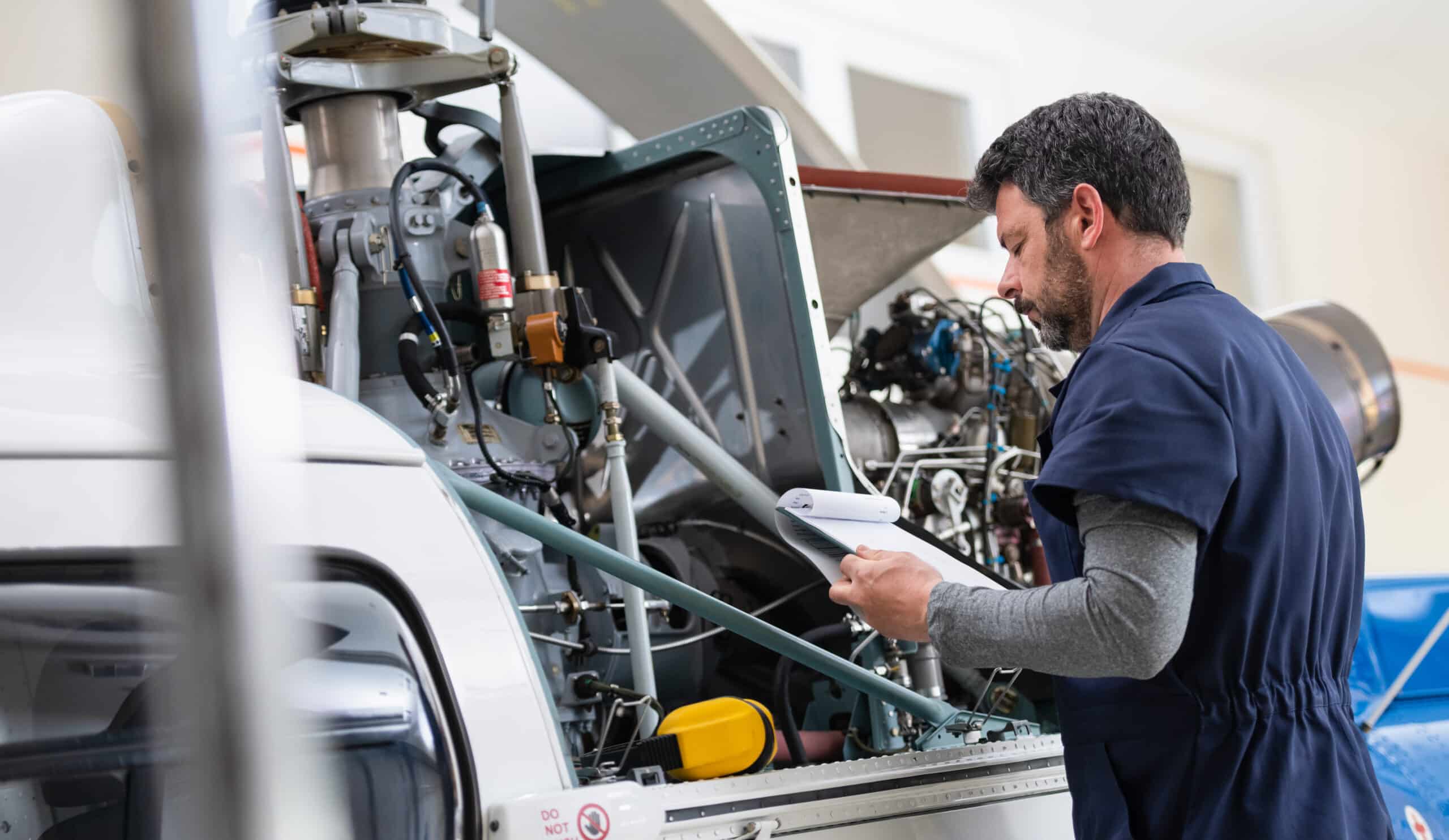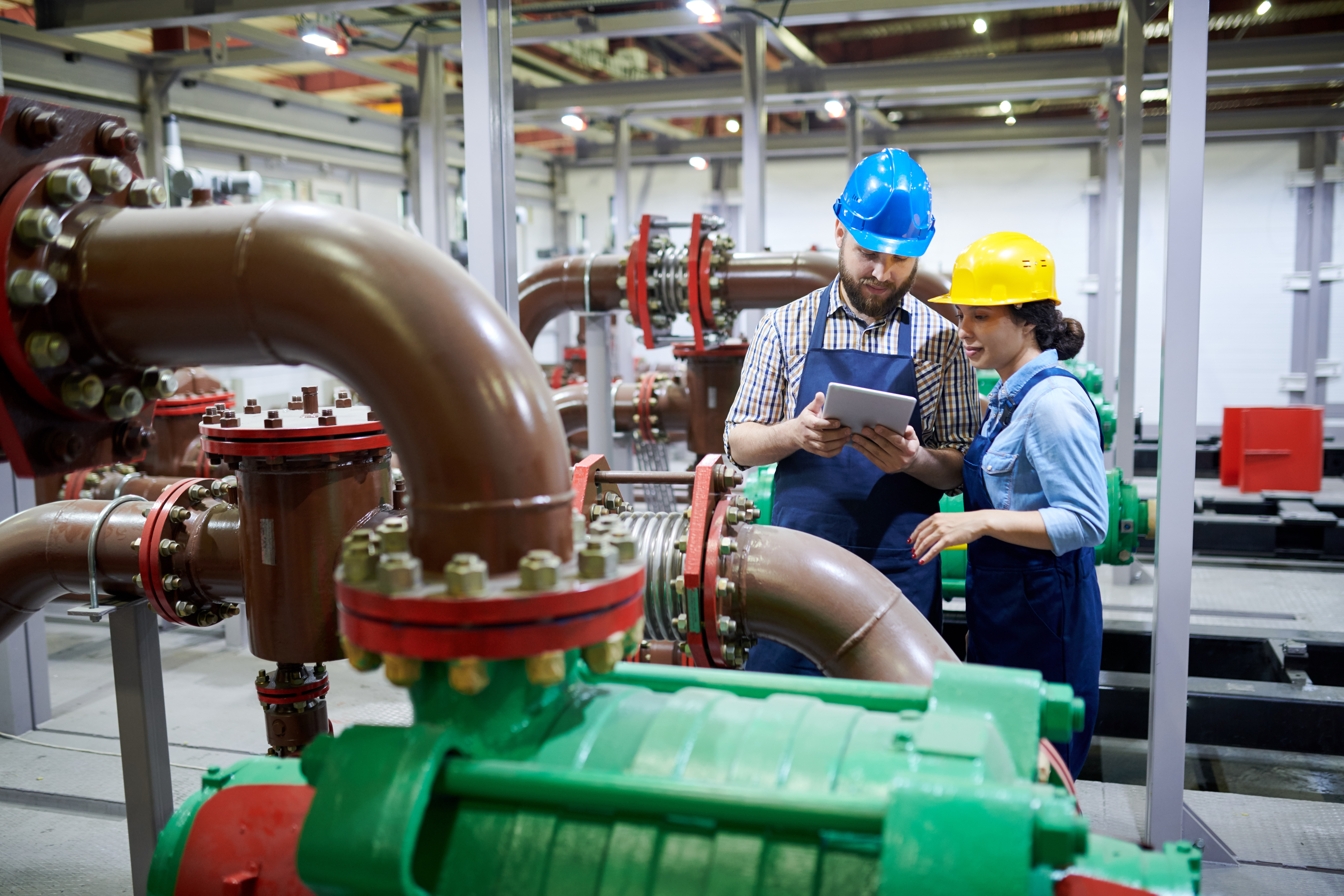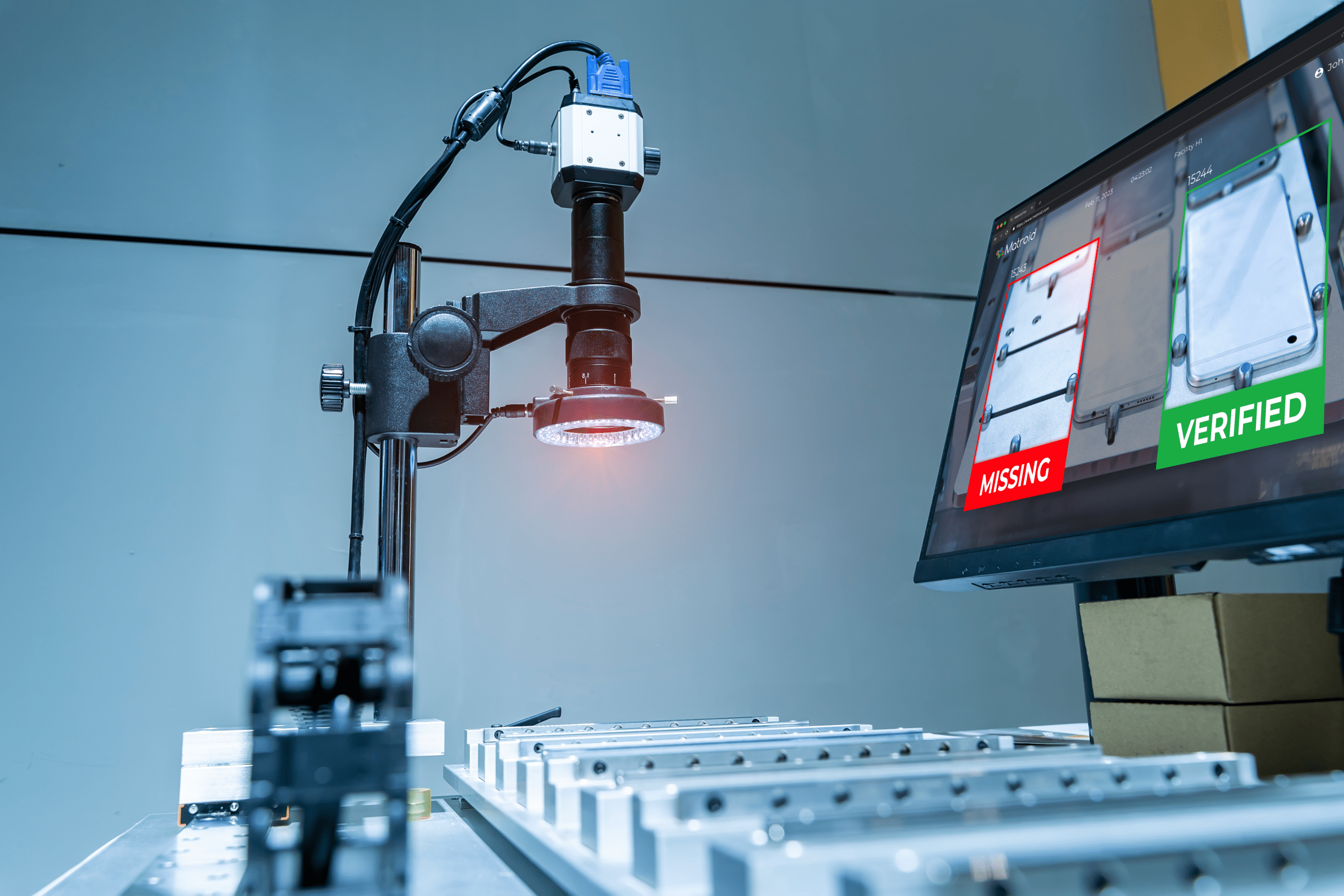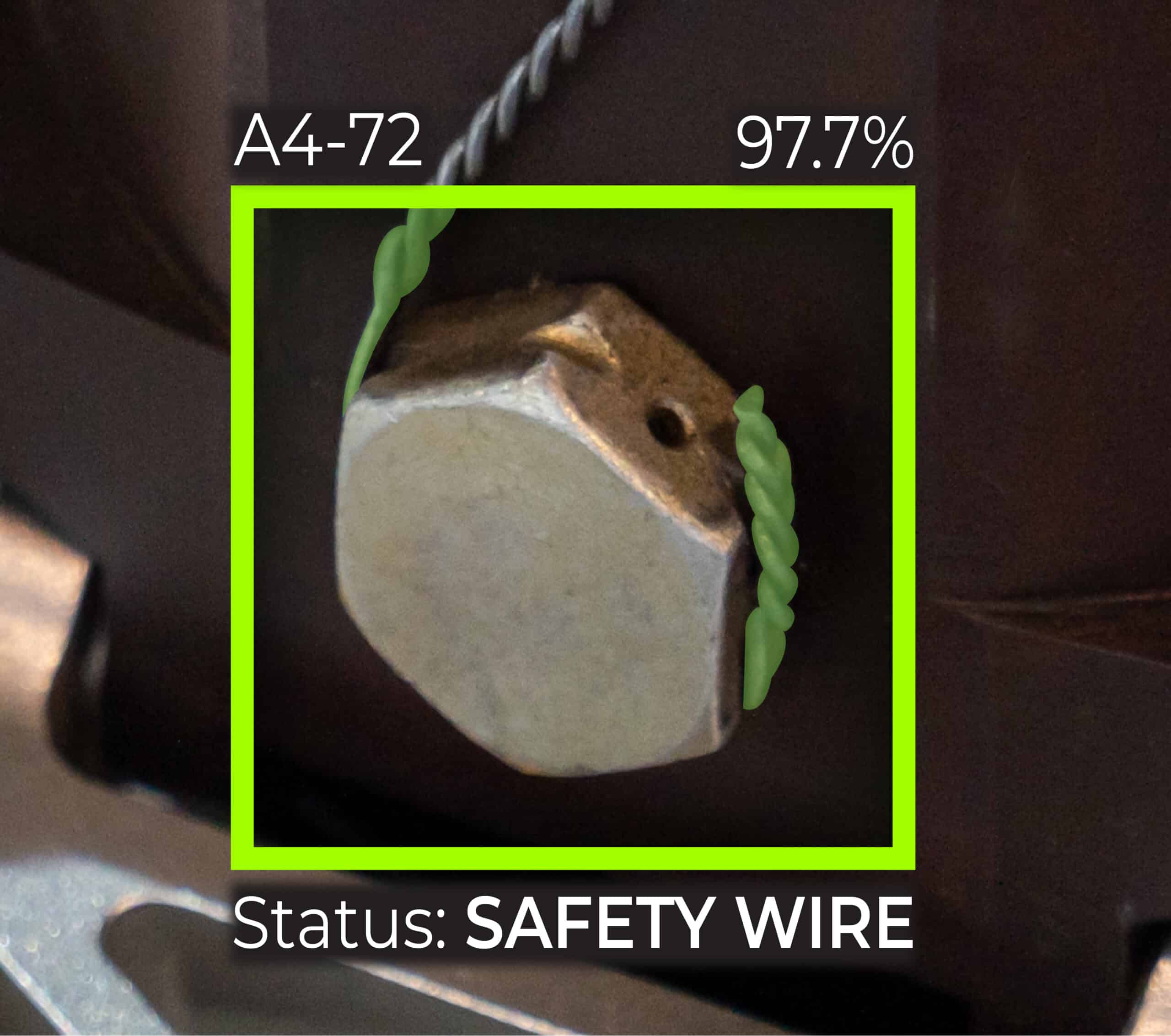Automated Visual Inspection: A Comprehensive Guide
Explore the evolution of visual inspection and discover how artificial intelligence enhances safety and quality standards.
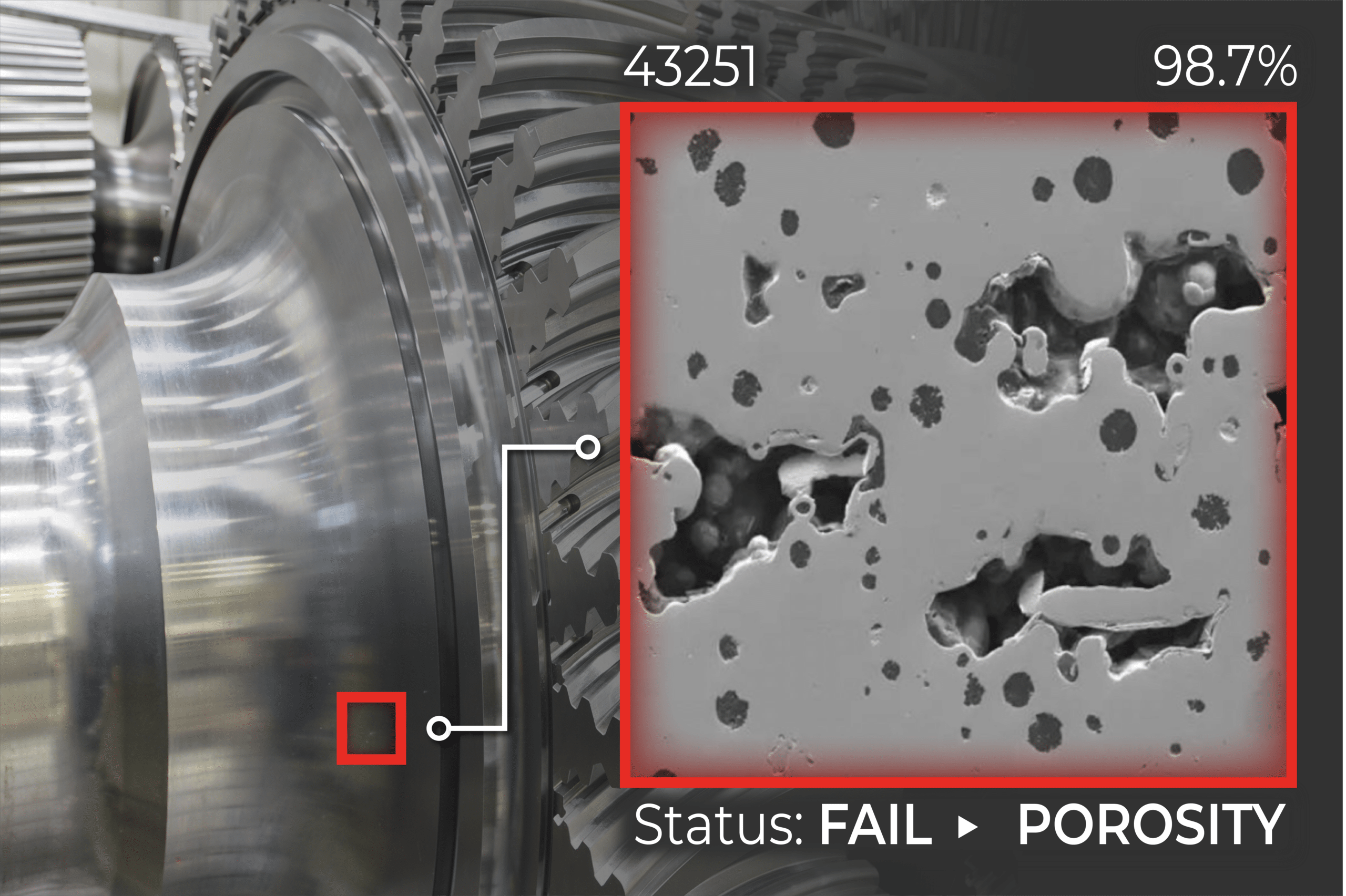
What is visual inspection?
Visual inspection is a foundational and time-tested method used across various industries to assess the quality, integrity, and conformity of products, structures, or components. At its core, it involves using the human eye, either unaided or with the help of tools like magnifying glasses and microscopes, to search for visible defects. With the evolution of technology, cameras and sophisticated software have taken visual inspection to new frontiers, enabling automated, consistent, and faster evaluations.
The significance of visual inspection cannot be overstated. It stands as the first line of defense against defective product escapes in manufacturing, ensuring that consumers receive goods of the highest standard. In sectors like aerospace, undetected flaws could have catastrophic implications, underscoring the pivotal role of thorough visual checks. Moreover, visual inspections are also crucial for regulatory compliance in many industries, ensuring that products and infrastructures adhere to safety and quality standards, ultimately safeguarding businesses against potential liabilities and reputational harm.
The History
The Evolution of Visual Inspection
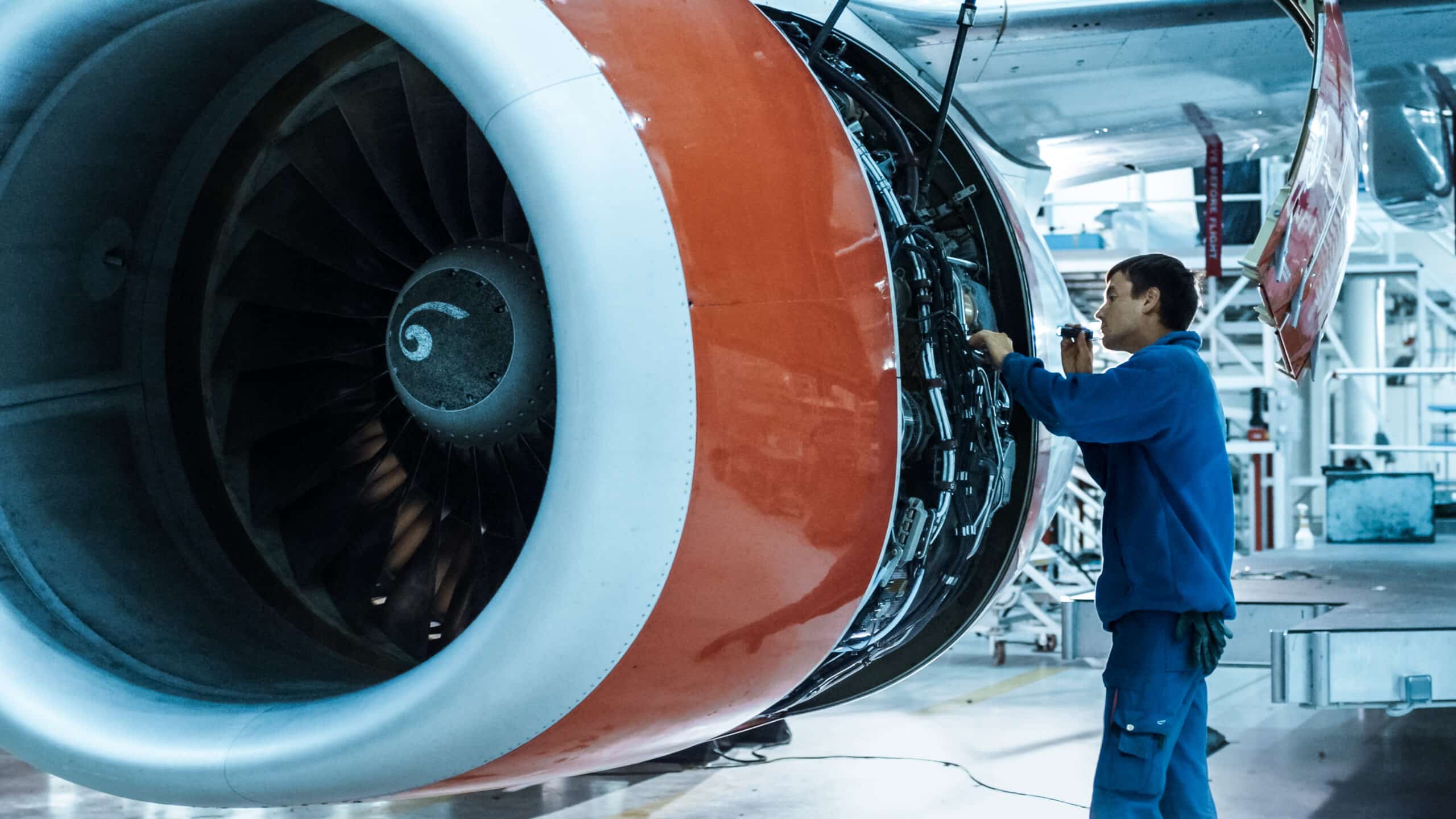
In the early days of industrialization, visual inspection was purely a manual process, deeply reliant on the expertise and diligence of human inspectors. These professionals would meticulously examine products and components, often aided by basic tools like magnifying glasses, to identify any visible discrepancies or defects. However, this method had its limitations: it was labor-intensive, potentially inconsistent due to human error, and not scalable for large batches. Despite these challenges, manual inspection was a vital quality assurance step, highlighting the industry's need for accuracy and precision.
As industries grew and technology advanced, there was an evident need for more efficient inspection processes. The introduction of cameras and sensors marked the beginning of automated visual inspection. These tools could capture detailed images of products, which were then analyzed using software to detect anomalies. Automated systems ensured that inspections were not just faster but also more consistent, eliminating the variability introduced by different human inspectors. Furthermore, as technology continued to advance, the accuracy and precision of these automated systems surpassed manual methods, making them the preferred choice for many industries.
The real transformation in visual inspection came with the advancement of artificial intelligence (AI) and deep learning. Instead of merely capturing and analyzing images, AI-powered systems could 'learn' from vast datasets, discerning subtle patterns and defects that might elude the human eye or basic software algorithms. These advanced systems can continuously adapt and improve, refining their accuracy with every inspection. Such systems have opened doors to entirely new possibilities, positioning AI-powered visual inspection at the cutting edge of industrial technology.
Enhancing Quality Through Visual Inspection Excellence
Precision that Transcends Vision: Unveiling the Power of Visual Inspection
Operational Precision
Visual inspection harnesses the keen observation skills of human inspectors and advanced technologies, ensuring the identification of defects with unparalleled accuracy. This precision not only guarantees product quality but also enhances operational efficiency by minimizing errors and rework.
Consistency Beyond Sight
Integrating advanced methodologies into visual inspection processes facilitates a level of consistency that transcends traditional approaches. From manual scrutiny to automated systems, the pursuit of excellence through visual inspection ensures uniformity in product quality, meeting and often exceeding industry standards.
Bottom-Line Impact
The Benefits of AI-Powered Visual Inspection

Speed & Efficiency
One of the primary advantages of modern visual inspection, especially when automated tools are in play, is the significant boost in speed and efficiency. Traditional manual checks, although thorough, can be time-consuming and not feasible for large-scale operations. Automated systems, on the other hand, can process vast quantities of items in a fraction of the time. This speed is particularly crucial in industries like manufacturing, where production rates are high, and any slowdown in the inspection process can lead to bottlenecks. By rapidly identifying and addressing defects, businesses can maintain smooth operations and ensure timely deliveries.

Reduction of Human Error & Subjectivity
Human inspectors, regardless of their expertise, can be prone to errors due to fatigue, distraction, or even the sheer boredom with repetitive tasks. These inconsistencies can lead to oversight, with potentially defective products passing unchecked. AI-powered visual inspection systems eliminate this variability and subjectivity. By consistently applying the same criteria and standards for every item, these systems ensure that every product is assessed uniformly, reducing the chances of oversight and ensuring a consistent quality standard.

Consistency & Standardization
In a globalized world, products often cater to multiple markets across different regions. This diversification necessitates that products meet varied and sometimes stringent quality standards. Automated visual inspection ensures that these standards are uniformly applied, leading to consistent product quality regardless of the scale or location of production. Furthermore, the data-driven nature of these systems allows for easy audit trails, ensuring that businesses can verify and validate their compliance with international quality standards.

Real-time Analysis & Feedback
Perhaps one of the most transformative benefits of modern, advanced visual inspection systems is their capability for real-time analysis and feedback. Unlike traditional methods, which might involve post-production analysis, modern systems can provide instantaneous feedback. This immediacy allows manufacturers to address defects on the fly, reducing wastage and ensuring that production lines can be adjusted in real-time to account for any issues. In industries where the cost of recalls or defects can be astronomical, this proactive approach is invaluable.
The realm of visual inspection is continuously evolving, driven by relentless technological advancements. As computational power increases and AI models become even more sophisticated, we can anticipate visual inspection systems that are faster, more accurate, and capable of detecting even the most elusive defects. Tools like quantum computing could potentially revolutionize the processing capabilities of these systems, making real-time analysis of vast datasets a reality.
The integration of AR and VR technologies promises to redefine the visual inspection landscape. Imagine AR glasses that overlay defect data onto a real-world view for inspectors, guiding them directly to problem areas. Similarly, VR could facilitate virtual walkthroughs of large infrastructures, like aircraft or ships, highlighting areas needing attention. With companies like Matroid at the forefront of AI-driven visual inspection, the synergy of AI with AR and VR can lead to unprecedented inspection capabilities.
As visual inspection systems capture and process enormous amounts of data, big data analytics will play a pivotal role in extracting actionable insights. Beyond just identifying defects, future systems might predict when a defect is likely to occur based on historical data and patterns. Such predictive maintenance capabilities can transform industries, allowing for proactive fixes and dramatically reducing downtimes.
AI's role in visual inspection is undeniable, and its influence is only set to grow. Deep learning models will become even more adept, potentially eliminating the need for manual oversight in many scenarios. Companies like Matroid, with their commitment to refining AI-driven visual inspection solutions, will be instrumental in shaping this future. Their vision, combined with ongoing technological advancements, promises a future where visual inspection is not just about identifying defects but also about enhancing overall operational efficiency and innovation.
THE DIFFERENCE
MATROID'S SOLUTION
Matroid stands as a paradigm of innovation in this domain. Rooted in a deep understanding of the complexities inherent in visual data, Matroid's systems employ advanced AI techniques to ensure meticulous and efficient inspections. Beyond mere defect detection, the company's solutions, especially its visual search features, facilitate rapid data comparison and analysis, streamlining processes and ensuring timely insights. This relentless pursuit of technical excellence, combined with a clear vision of the future of visual inspection, positions Matroid at the vanguard of inspection technology, offering industries a pathway to heightened quality standards and operational superiority.
